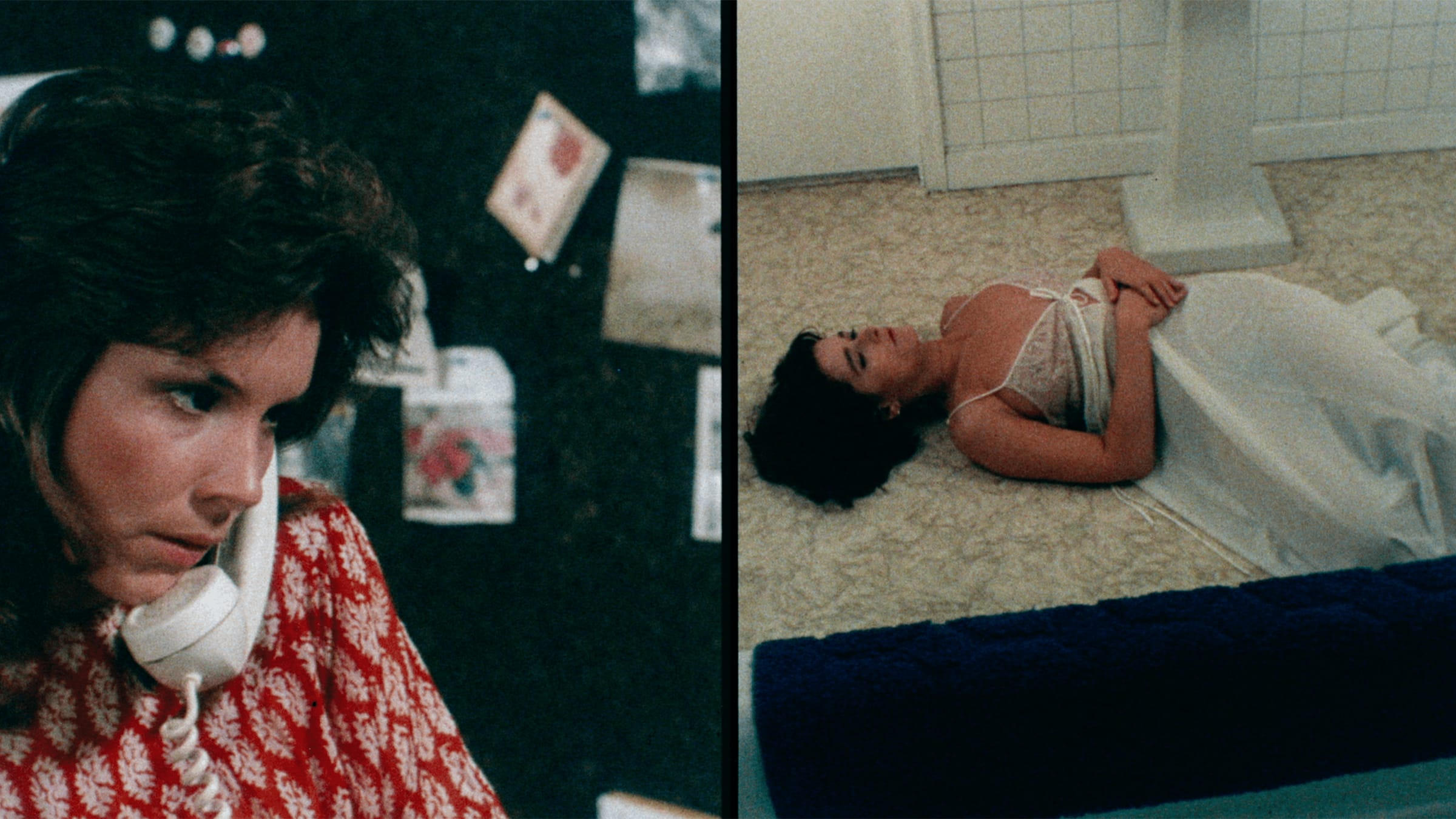RELATED ARTICLE
Dressed to Kill: The Power of Two
The Criterion Collection

In 1973, the arrival of Sisters, the first film by Brian De Palma that is recognizably his, almost concurrently with the release of Frenzy, the penultimate feature by Alfred Hitchcock, incited heretical talk among cinephiles. Many argued that the former was superior to—and, curiously, more Hitchcockian than—the latter. At the time, I thought those movie geeks were being provocative and/or blasphemous. With distance, I’ve come around to their way of thinking. That U-turn was, for me, a first brush with George Bernard Shaw’s insight that all truths begin as blasphemies.
Although Sisters was De Palma’s seventh feature, it announced the arrival of an intriguing storyteller and stylist who found his métier in the psychological thriller. Beyond its overt references, his movie’s way of consciously mining the reptile brain to unnerving effect was indeed Hitchcockian.
Mastering his craft on free-form, absurdist comedies like Greetings (1968) and Hi, Mom! (1970), De Palma had initially introduced himself as a maker of topical counterculture films linked by the movement’s philosophy, “Make love, not war.” (And along the way, he gave Jill Clayburgh and Robert De Niro their first movie roles.) Sisters was a departure, a fully realized thriller that staked his claim to the genre. It stands as the foundational film in his career.
As De Palma tells it (in the 2015 documentary De Palma, by Noah Baumbach and Jake Paltrow), what brought him to this movie was the opportunity to work out his problems as a storyteller. In Greetings and Hi, Mom!, he had encouraged his actors to depart from the script and improvise, which restricted his ability to use the camera to develop mood and atmosphere. Sisters would be the first but not the last time he wed the subtleties of exposition with the eloquence of camera movement, both enhanced by an orchestral score.
A story of dualities—clashes within as well as between characters—Sisters is about once-conjoined twins, a startling murder, and the journalist who witnesses the crime from her apartment across the courtyard and sets out to find the killer. In movie shorthand, Sisters paraphrases elements of Rope, Rear Window, Vertigo, and Psycho. Yet its searching camera work—often doubled in split screens suggesting both split personalities and clashing perspectives—is uniquely De Palma’s. While Sisters is not his first overt nod to Hitchcock—that was Murder à la Mod (1968)—it is the best, and most mordantly funny, in a career that also includes the glosses Obsession (1976) and Dressed to Kill (1980).
When I first saw Sisters in 1973, I didn’t catch its sly references to Rope, Rear Window, and Vertigo. That’s because I had never seen those movies. They were among the Hitchcock films withdrawn from circulation in the sixties and unavailable until 1983, when Universal acquired their distribution rights. Thus I originally credited to De Palma narrative twists he had appropriated and made his own. Back in the day, when I didn’t know a tracking shot from a polio shot or Bernard Herrmann from Edward Herrmann, neither the film’s tension-ratcheting camera work nor its hair-raising score by the composer of Vertigo registered. What unnerved me were the conflicts experienced by Sisters’ main characters. Movies about female twins (or any pairs of women) often frame the either/or polarities of women’s experiences, as film historian Jeanine Basinger has observed. Typically, the central duality (money versus love, career versus family, etc.) represents a dilemma the heroine resolves in order to achieve happiness or wholeness. Spoiler alert: nobody, female or male, gets out of Sisters whole.

“Sisters was my first conscious experience of the Cartesian mind/body divide at the movies.”


“Like all the best directors of suspense, De Palma shows us the what and withholds the why and the how for as long as possible.”